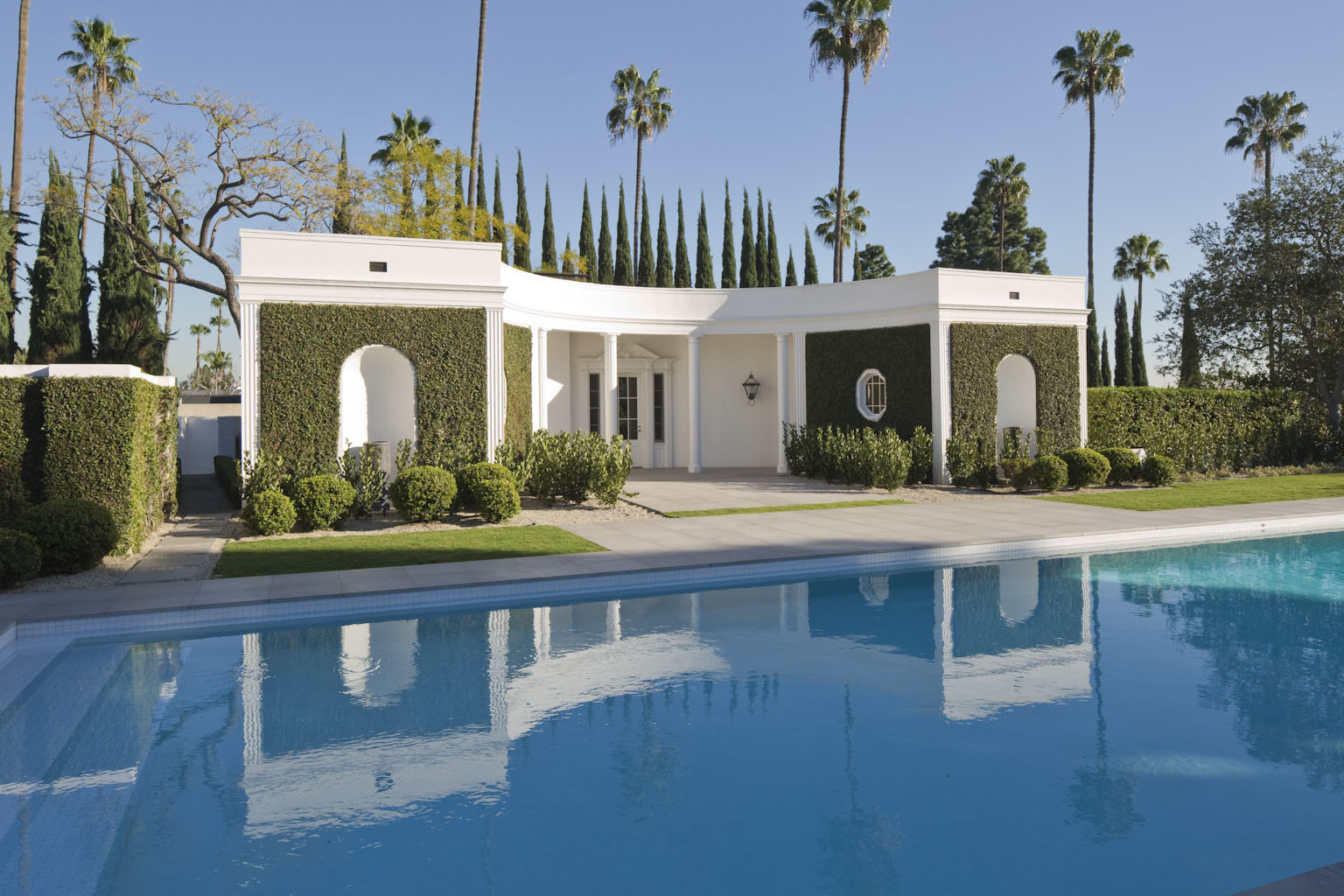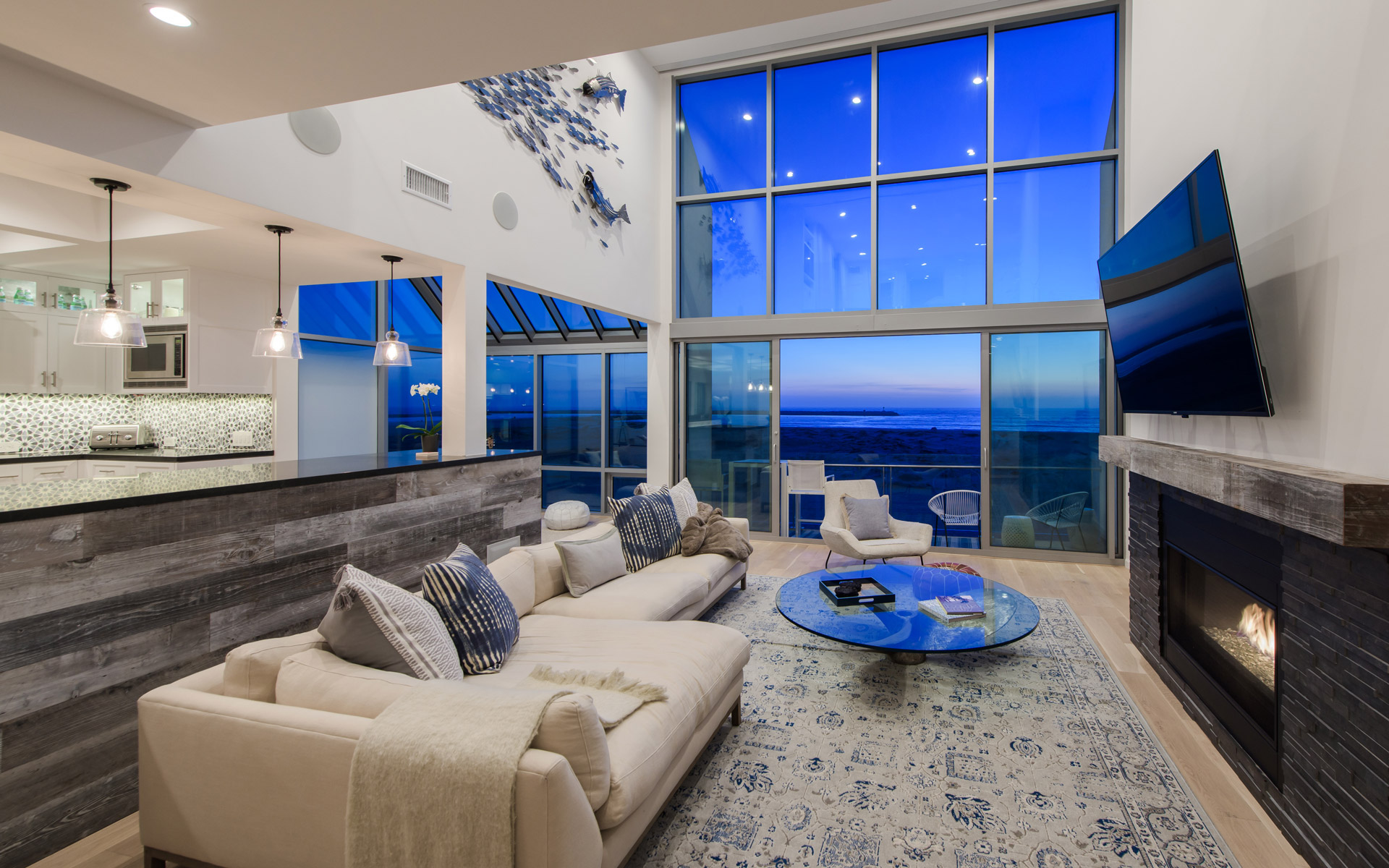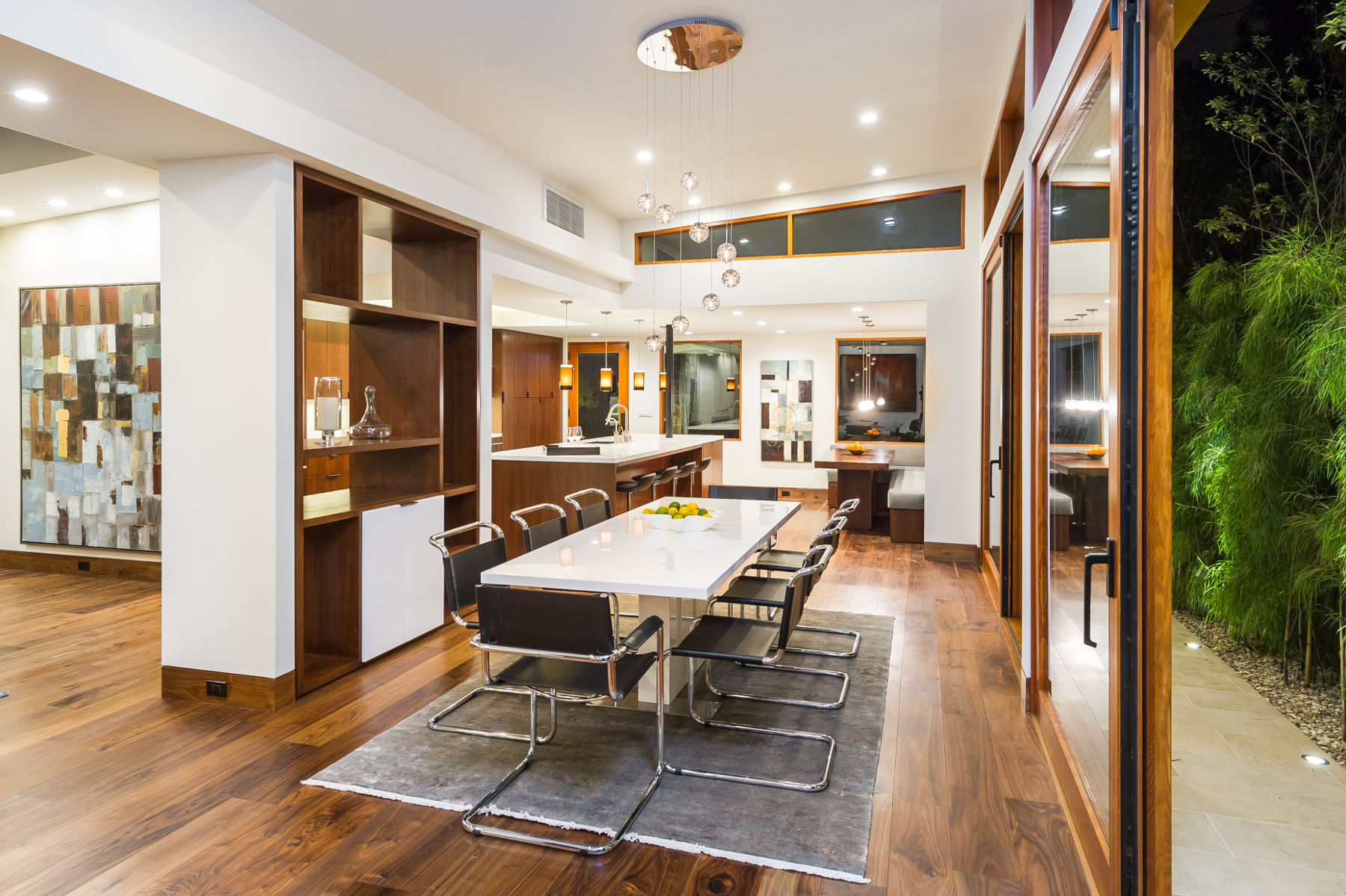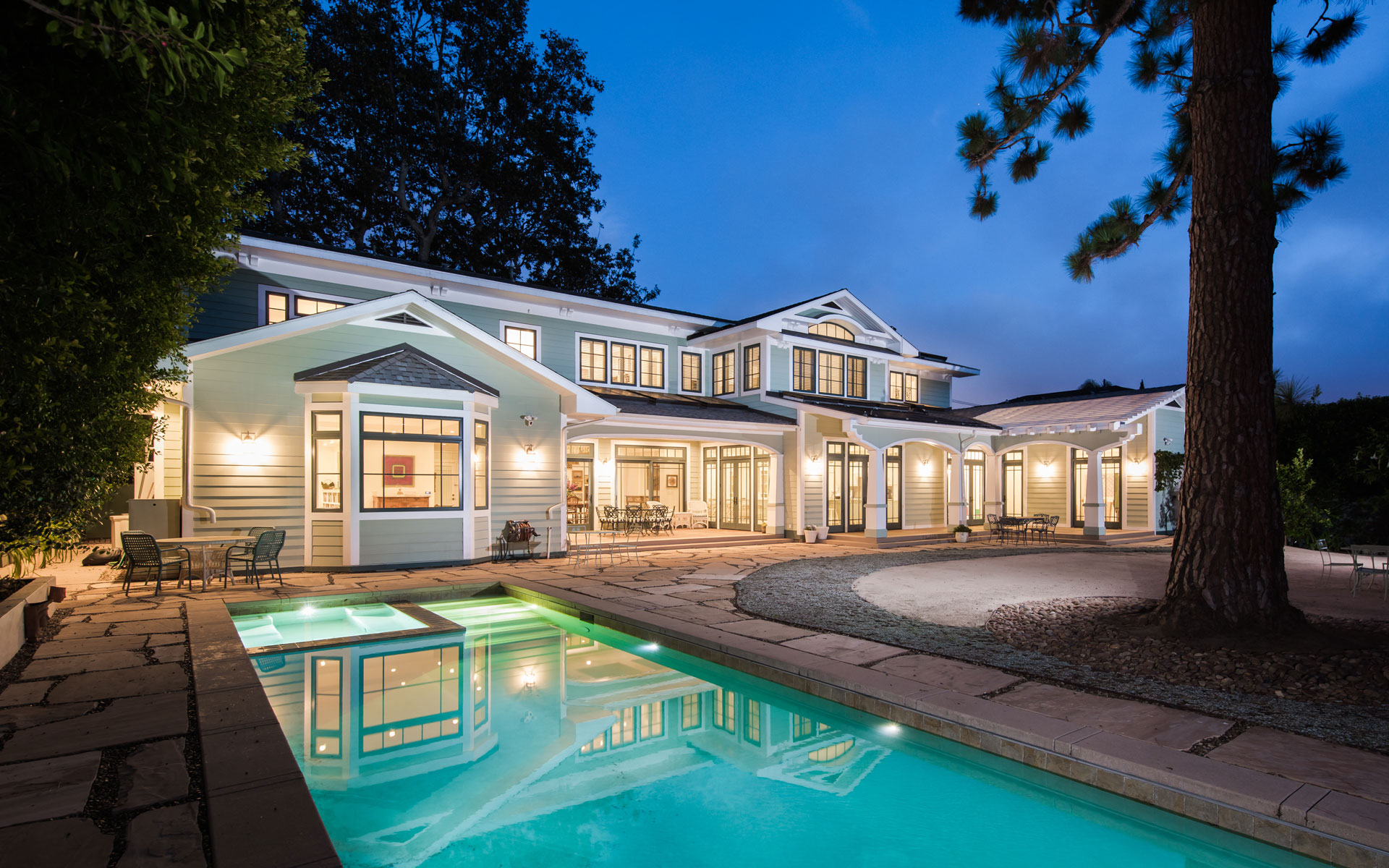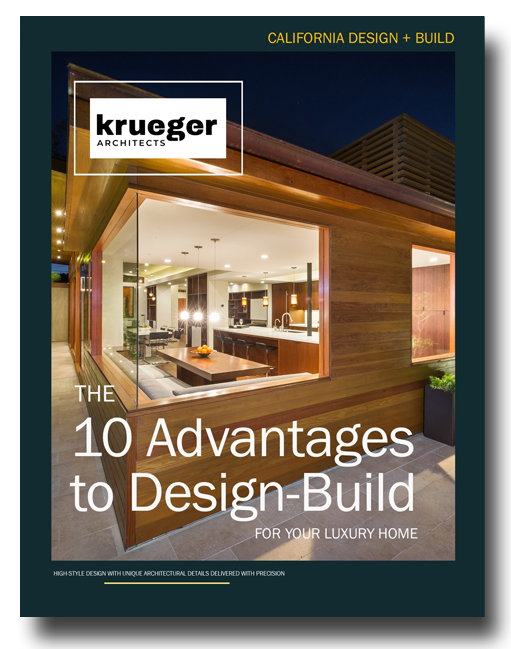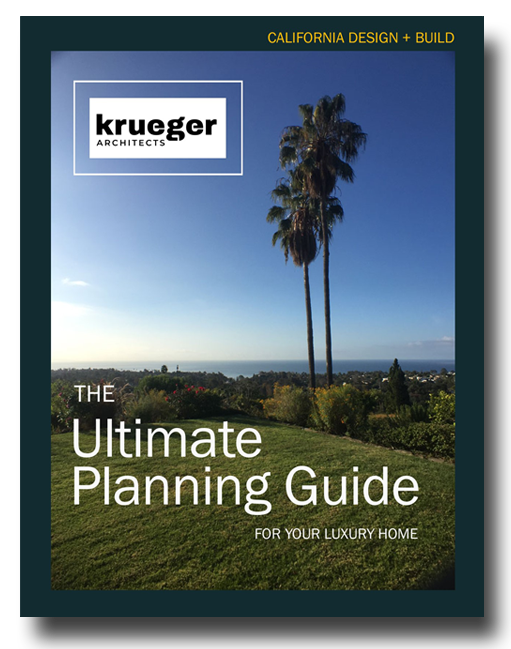To practice wellness is the deliberate pursuit of activities and a lifestyles that leads to a state of positive, holistic health. While topics such as clean eating tend to dominate the conversation on wellness, wellness is much more broad and includes how the built environment affects your daily life. Wellness is multidimensional. Our physical wellness, emotional, spiritual, and social health are all influenced by the homes and buildings we occupy—both directly and indirectly.
You might be shocked to learn that recent research reveals that we spend an astonishing 93% of our lives indoors. Inside these four walls, everything that activates our five senses influences our general wellness. The air we breathe, the light we are exposed to, the sounds of the outside are obvious components, as is opportunities for healthy meal preparation. Direct access to green space and ease of use for transportation are both important, but can often be overlooked. Spaces that promote serenity, comfort, and mindfulness are essential. Incorporating best practices in home design like sustainability, accessibility, and flexibility are all key to harmoniously bring all of these elements together to create a home that promotes general wellness. The choices we make during the planning and design stages of any project can help (or hinder) the advancement of a healthier life.
While green building standards are about sustainability and the health of the planet, wellness in design and architecture is focused on the health of the building’s occupants. There are similarities in both design strategies, and overlap, but some considerations that specifically contribute to the wellness of the users are:
Project Location
Physical and mental health are greatly impacted by a homes location. Location near public transportation, ease of access to the entry, connection to a green space and the outdoors should always be considered. Humans are social animals and proximity to activities that encourage a sense of belonging elevate wellbeing. The emotions we feel as a direct reaction to the building create one’s sense of place.
Natural Light
Exposure to ample natural daylight through windows and indirect or passibe lighting strategies boost the production of several chemicals in your body that lead to wellness and overall happiness and productivity.
Indoor Air Quality
Air quality is important to well being from incorporating toxin-removing plants to using algae-based biofuel. The choice of the HVAC system and thoughtful material selections greatly determine whether a space will have off-gassing and dangerous VOCs in the air. Fresh air for all occupants, as well as, operable windows and ample cross-ventilation help occupants further connect to the nature.
Active Design
This design strategy encourages the building user to take an active role in their health by choosing to participate in the options the architects have designed for them. For example, there could be a choice of taking the stairs, spaces for growing fresh food, a garden walking path, gyms, a high-tech water filtration system, or an easy-to-use bike storage system that makes riding your bike to work an option.
Biophilic Deign
Biophilc design is the way in which architects and designers incorporate nature into building spaces to contribute to the health and well-being of occupants. This can be achieved by providing direct access to or views of nature or using building materials and features that mimic and respect the surrounding ecosystem. This can be as simple as incorporating a natural color palette to the complexity of creating an indoor garden or living wall. Anecdotally, schools that incorporate biophlic design principles show cognitive improvement in students; hospitals have improved recovery rates; and productivity in offices increases.
Consumer awareness of wellness and the principals that enable this lifestyle is greater than it’s ever been. Consumers understand that their emotional state and physical well-being are directly influenced by the spaces they spend the most time in. Consumers are aware of material selections and ask for things like a toxin-free environment. This is creating a demand that can directly translate into returns in the real estate market as occupants who experience the benefits of these design choices are more likely to demand the same or better of all the spaces they inhabit. By studying the new research on wellness and evolving our designs to meet these findings, architects can make the built environment a place that supports and inspires everyone who occupies the space.


